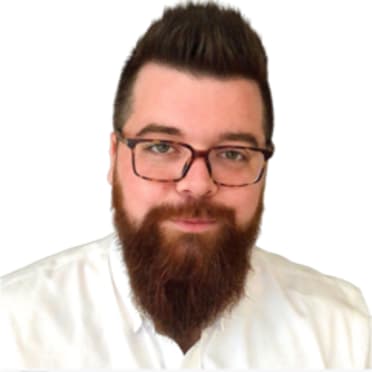Danny Ainge, Celtics legend and ... Blue Jays shortstop?
TORONTO -- On June 9, 1981, Danny Ainge slipped into the lobby of a Chicago hotel and found a spot to hide out in one of its ballrooms where he could listen to the NBA Draft.
Ainge was a brilliant athlete, the only high school player to be named a first-team All-American in basketball, football and baseball. He was the John R. Wooden Award winner that year, given to the top player in college basketball, and just months prior he had led BYU to a 51-50 win over Notre Dame in the Sweet Sixteen with his iconic coast-to-coast layup at the buzzer.
That day, Ainge was drafted by the Boston Celtics in the second round. That night, he started at shortstop for the Toronto Blue Jays.
Before Ainge won two titles over a 14-year NBA career and before he moved into the front office, where he built another Celtics championship and became one of the most respected executives in the game, he was a ballplayer. Desperate for talent and upside as an expansion team in 1977, Pat Gillick and the Blue Jays took a swing on Ainge. He split time between the diamond in the summer and BYU in the offseason, earning a big league paycheck as a college kid, and appeared in 211 games for Toronto from ¡¯79-81.
These were the early days of the Blue Jays, not yet the force they grew into by the mid-'80s. Ainge roomed with a young Dave Stieb and later with Willie Upshaw. He rings off names like Jesse Barfield, George Bell, Lloyd Moseby, Alfredo Griffin and Damaso Garcia, this wave of young players all coming up together with the Blue Jays, the new kids on the block.
¡°Oh, I remember a lot about Exhibition Stadium. I remember the wind, the freezing cold right there off the lake,¡± Ainge said. ¡°I¡¯ve since been to the new stadium in Toronto to a couple of games, and that¡¯s spectacular. Exhibition Stadium wasn¡¯t the greatest baseball stadium, but it was still the big leagues.¡±
Ainge hit .220 with a .533 OPS in the Major Leagues. He hit right-handed, but did most other things left-handed, so hitting coach Bobby Doerr worked with him to become a switch-hitter. Ainge still calls Doerr, along with Gillick, one of his favorite people he¡¯s worked with in pro sports. Ainge¡¯s athletic talent was clearly there, but he was trying to learn the big leagues while still playing college hoops.
¡°The hitting part was what I didn¡¯t do great at without having any Spring Training,¡± Ainge said. ¡°I feel like I had really good stretches. I¡¯d have a month of good hitting here, a month of good hitting there. In my first year I had a major injury that cost me pretty good, but I think I would have been able to hit. I was learning to switch-hit at the Major League level, so that¡¯s another little caveat, but that was fun.¡±
The transition from baseball to basketball wasn¡¯t exactly smooth, though. The Blue Jays owned Ainge¡¯s rights and wanted him on a baseball field, so by late 1981, they ended up in federal court with the Celtics. The two sides eventually reached a confidential agreement -- some money changed hands -- which freed Ainge from his baseball contract and allowed him to join the Celtics, but the lessons from that experience have stuck with Ainge through his long career as a player, coach and executive.
¡°I remember sitting in a courtroom in New York City with the legal battle between the Blue Jays and the Celtics at that time,¡± Ainge said. ¡°I was 21, maybe 22. As I was listening to these court cases, listening to [club president] Peter Bavasi presenting and speaking for the Blue Jays, then listening to Red Auerbach on behalf of the Celtics, my version of the story was completely different than their versions of the story. It was a rude awakening to me and a real eye-opener, just to see what really happens.¡±
In another world, perhaps Ainge plays 15 years in the big leagues, focusing solely on baseball to make the most of his athletic gifts. He grew up on Larry Bird versus Magic Johnson, though. The Celtics and the Lakers were the only two teams who appealed to Ainge as much as the game of baseball.
In late November 1981, Ainge signed with the Celtics.
¡°I¡¯m a better basketball player than a baseball player,¡± he said that day.
Still, Ainge is one of the most unique players to wear a Blue Jays uniform. One of the biggest names, too, even if he made his name somewhere else.
Forty years after Ainge debuted, on May 14, 2019, a young Vladimir Guerrero Jr. launched the first two home runs of his MLB career in San Francisco. At 20 years and 59 days, Guerrero became the youngest player to homer in Blue Jays history, replacing ¡ Danny Ainge.


